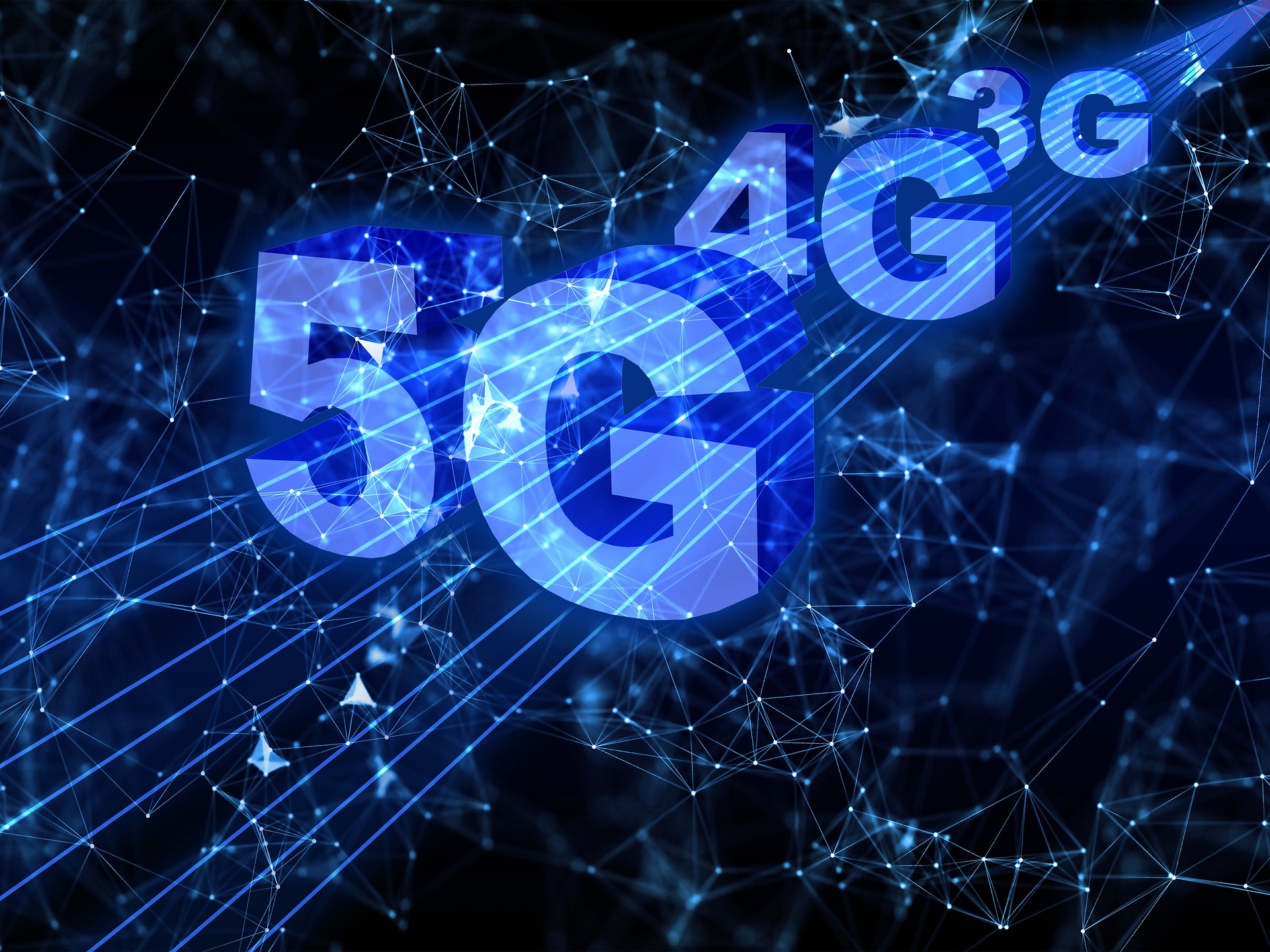
STRAMFORD, Conn.—XGen Network (XGN), a tech startup focused on the emerging 5G Broadcast protocol, has filed for two new experimental 5G Broadcast licenses with the FCC. The company is working with two Connecticut low power stations—WTXX-LD, Channel 29, owned by HC2 in Hartford, and EGOT Media’s WYJH-LD, Channel 27 in Danbury—to join Milachi Media's WWOO-LD in Boston for XGN's "Phase Two Proof of Concept for 5G Broadcasting," which it plans to start by March 2024.
The move follows XGN’s launch of experimental 5G Broadcasts on WWOO, an LPTV in Westmoreland, N.H., targeting the Boston DMA last September. At that time, the company, in association with the LPTV Broadcasters Association, demonstrated its proof of concept in Phase 1 by showing 5G Broadcasts received via smart phones and set top boxes in Boston. XGN says the station has been operating in 5G Broadcasting protocol almost continuously since, with no technical issues or complaints. The LPTVBA further demonstrated 5G Broadcasting to various bureaus and commissioners at the FCC in early November.
Together with the LPTV Broadcasters Association, XGN is working to develop a platform for UHF LPTV stations (15 kw ERP) through proof of concept deployments as the 5G Broadcasting technology develops. XGN expects first responders will have access to 5G Broadcast by late 2024, and it will be available to the public in 2025.
"XGN values the commitment of both Milachi Media, HC2, and EGOT Media to the future of 5G Broadcasting for LPTV, said "SuperFrank" Copsidas, CEO of XGN Network. “It is important to remember that 5G Broadcasting, Direct to Mobile, is very much in development and makes strides by the week. XGN's Proof of Concept deployments are meant to test the platform, bringing developments out of the lab to testing in the field. Consumer smartphones await the firmware update required to directly receive "Band 108" or the UHF Broadcast spectrum in receive only mode, utilizing 5G cell for the return path.”
XGN’s primary focus in Phase Two will be on Emergency Alerts, First Responder solutions, and technical field testing to deploy the solutions. On Dec. 18, XGN applied to the FCC to partner with PSHSB “to test expansion of coverage for wireless emergency alerts when cell sites are down.” XGN says that case was proven in Phase One and that the company is working on “additional, critical solutions” for emergency alerting including encrypted emergency alerts to First Responder mobile phones, so they know where to respond.
XGN says 5G Broadcasting can be a "reliable alternative solution" for first responders who lose cell service. These solutions will be tested at all the proposed experimental sites as different First Responder agencies use different methods and protocols for dispatch, from DOS and POTS to sophisticated solutions, the company said.
For Phase Two, WWOO, which is requesting extension of its original permit, is proposing to deploy a DTS (digital triage system) in Foxborough, Mass., to conduct tests of video and data files being delivered from a 911 Dispatch Center to First Responders on the ground using multiple test mobile phones in conjunction with the Southeastern Massachusetts 911 Center.
The tests at WWOO would cover:
- iPaws Emergency Alerts
- First Responder Emergency Alerts
- Stable and reliable delivery of video and data files to First Responders in the field
- Deployment of multiple test mobile phones
- Mobile phone reception/handoff between the main transmitter and the DTS
- Test of deployment of a DTS
The two Connecticut stations have overlapping contours but are on different channels. From a technical level, the mission is to field test the handoff on a mobile phone from one channel to a different one from a separate transmitter, XGN said, adding that this will be tested from a vehicle between the transmitters’ contours as well as from a stationary receiver picking up the stronger signal and locking onto it.
Additionally, XGN plans to provide redundancy should one of the signals not broadcast. This is primarily for Emergency Alert and First Responder platform solutions.
- iPaws Emergency Alerts
- First Responder Emergency Alerts
- Deployment of multiple test mobile phones
- Mobile phone reception/handoff between two facilities broadcasting on different channels
- Fixed receiver reception ability to tune into strongest signal with ability to switch if the main signal is not received
- Test of 5G Core and coordination between facilities
“With the release of consumer enabled 5G Broadcast mobile phones projected to be available in early 2025, this gives us the opportunity in 2024 to iron out the kinks in the various deployments and software so that 5G Broadcasting is stable when it is available to the public,” XGN said. “We are on track to acquire fully enabled mobile phones in late 2024 for First Responder use.”







